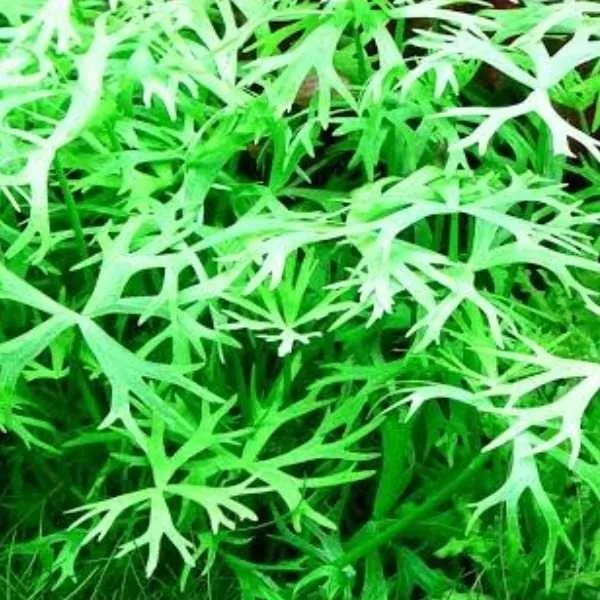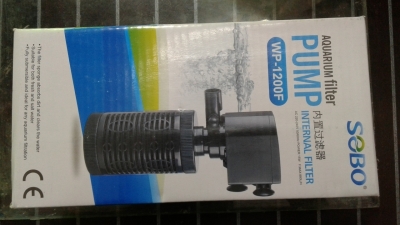 Ranunculus inundatus: A Compact Aquatic Beauty for Your Aquarium
Ranunculus inundatus: A Compact Aquatic Beauty for Your Aquarium
Aquarium enthusiasts are always on the lookout for plant species that not only add aesthetic appeal to their underwater landscapes but also thrive in a confined aquatic environment. One such gem that stands out among the myriad of options is the Ranunculus inundatus. Originating from the diverse ecosystems of Australia, this aquatic plant is prized for its compact form and distinguished, deeply cut umbrellas.
Overview of Ranunculus inundatus
Ranunculus inundatus is a species of aquatic plant that hails from the continent of Australia. What sets it apart from other Ranunculus variants commonly found in aquariums is its modest height, typically ranging from 5 to 10 cm. While there are many species and variants of Ranunculus, some tend to grow coarse and leggy in aquariums, making them less desirable for aquascaping. However, Ranunculus inundatus boasts a unique compact growth habit, making it an excellent choice for aquarists seeking a more refined appearance.
Comparison with Other Ranunculus Variants
Aquarists familiar with Ranunculus species may have encountered challenges associated with their plants becoming coarse and leggy over time. This not only affects the visual appeal of the aquarium but can also create difficulties in maintaining a well-balanced underwater ecosystem. Ranunculus inundatus addresses these concerns with its compact growth pattern, providing a solution for those seeking a more controlled and aesthetically pleasing plant for their aquarium.
Aquarium Habitat and Growth Conditions
To successfully cultivate Ranunculus inundatus in your aquarium, it's crucial to understand its specific habitat requirements. This plant thrives in well-lit environments, and good lighting is key to encouraging compact growth. Providing the right conditions, such as a nutrient-rich substrate and appropriate water parameters, will contribute to the overall health and vibrancy of this aquatic beauty.
Plant Characteristics
Ranunculus inundatus is characterized by its deeply cut umbrellas, which set it apart from other aquatic plants. The plant forms many vertical runners, creating a lush and dense bottom coverage over time. This unique characteristic not only adds visual interest to the aquarium but also contributes to the overall well-being of the aquatic ecosystem.
Maintenance and Pruning
To maintain the compact and healthy growth of Ranunculus inundatus, regular pruning is essential. Long leaves can be trimmed to encourage the development of new growth and maintain the plant's desired form. This simple maintenance task ensures that the plant remains a beautiful focal point in your aquarium.
Propagation
One of the fascinating aspects of Ranunculus inundatus is its ability to propagate through vertical runners. These runners produce new plants, contributing to the expansion of the plant and the creation of a dense underwater landscape. Understanding the propagation methods of this species allows aquarists to actively participate in the natural growth and development of their aquarium.
Aesthetic Considerations
Beyond its botanical attributes, Ranunculus inundatus brings a unique aesthetic quality to aquariums. The compact form and distinguished appearance of this aquatic plant create a visually appealing underwater scene. Aquarists looking to achieve a natural and harmonious aquatic environment can rely on Ranunculus inundatus to enhance the overall aesthetics of their setups.
Conserving the Natural Look
Incorporating Ranunculus inundatus into your aquarium setup allows you to achieve a natural and well-balanced underwater landscape. By carefully considering its placement and ensuring the right conditions are met, aquarists can create an environment that closely mimics the plant's natural habitat, providing both beauty and functionality.
Addressing Common Challenges
While Ranunculus inundatus is known for its hardiness and adaptability, aquarists may encounter challenges in maintaining optimal conditions. Issues such as algae growth, nutrient imbalances, or changes in water parameters can affect the health of the plant. Proactive measures, such as regular monitoring and appropriate adjustments, can help address these challenges and ensure the long-term success of Ranunculus inundatus in the aquarium.
Conclusion
In conclusion, Ranunculus inundatus stands out as a compact aquatic beauty that brings a touch of Australia's natural splendor to aquariums. With its unique characteristics, including deeply cut umbrellas and prolific vertical runners, this plant offers both visual appeal and ecological benefits. By understanding its habitat requirements, practicing regular maintenance, and appreciating its aesthetic qualities, aquarists can enjoy the beauty of Ranunculus inundatus in their underwater creations. Consider adding this gem to your aquarium for a captivating and harmonious aquatic experience.






